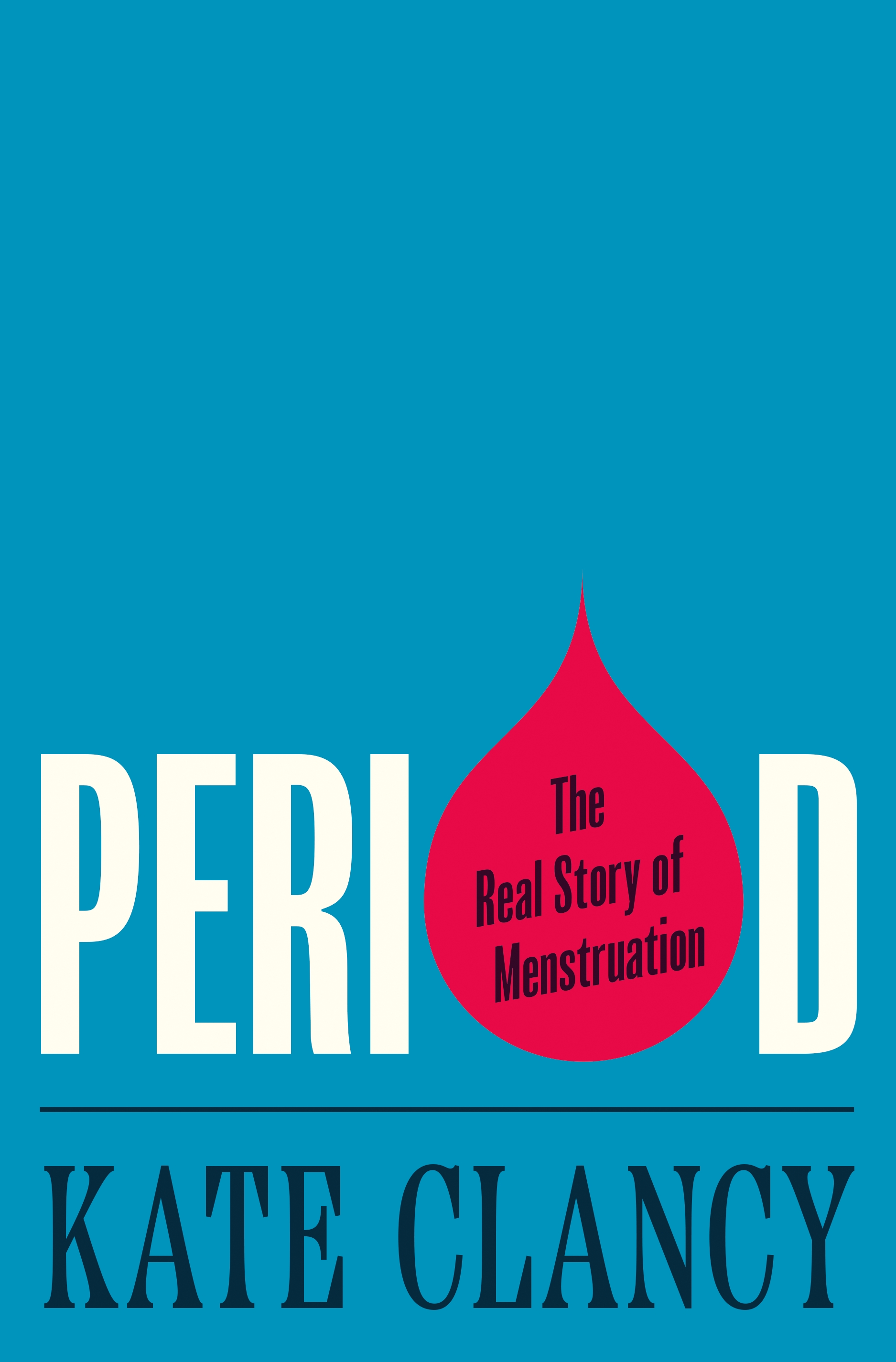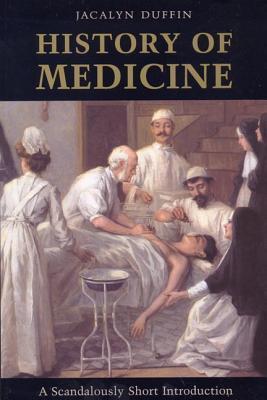
All in Her Head: The Truth and Lies Early Medicine Taught Us About Women's Bodies and Why It Matters Today
Book Description
Whispers of old tales echo through the corridors of medicine, where myths about women’s bodies have shaped perceptions for centuries. Elizabeth Comen pulls back the curtain on the dangerous narratives that have long dictated female health, revealing a world where ignorance masqueraded as authority. With vivid stories and hard-hitting truths, she exposes the lies that still linger in our minds and medicine today. This exploration is not just an uncovering; it's a clarion call for understanding and change. How do we reclaim the narrative that has silenced women for too long?
Quick Book Summary
"All in Her Head" by Elizabeth Comen is a revelatory examination of how myths and misogyny have shaped the understanding of women’s bodies and health throughout medical history. Weaving archival research with modern analysis, Comen exposes the deeply entrenched beliefs that led physicians to misdiagnose, mistreat, or ignore women’s health concerns, attributing everything from pain to hysteria to emotional instability. These narratives, she argues, were not just misinformed but served to silence women and uphold patriarchal medical authority. Comen traces the legacy of these falsehoods, demonstrating their persistence in current medical practices and societal attitudes. Her work is both a chronicle of past harms and a passionate call to reclaim women’s health narratives, insisting on rigorous inquiry and empathy for female patients today.
Summary of Key Ideas
Table of Contents
The Historical Roots of Misogynistic Medicine
Elizabeth Comen begins by delving into the historical construction of medical knowledge regarding women’s bodies, illustrating how superstition, limited scientific understanding, and patriarchal social structures combined to create a foundation riddled with gendered myths. She explores notable case studies—such as how wandering womb theory and hysteria diagnoses were employed to explain away women’s pain or emotional states—showing that these ideas were not just scientifically flawed but socially convenient for maintaining male authority in medicine.
The Enduring Impact of Medical Myths
The book scrutinizes how these early misconceptions took root so deeply that their echoes remain in modern clinical language and practice. Comen details personal and historical examples where women’s symptoms were dismissed as psychological or exaggerated, reflecting longstanding tendencies to distrust female patients. This section dissects the inertia within medical culture that allows outdated assumptions to persist, making clear that these patterns are not just relics of the past but still influence care and research priorities.
Silencing and Dismissing Women’s Voices
Comen highlights the consequences of this biased tradition, emphasizing how silencing women’s voices in clinical encounters leads to delayed diagnoses, unnecessary suffering, and mistrust between patients and providers. By sharing patient testimonies and reviewing studies, she demonstrates a systemic minimization of women’s pain and a reluctance to pursue rigorous investigation when a woman presents with symptoms—often attributing complaints to stress or emotions instead of physical causes.
Modern Medicine’s Struggles with Gender Bias
The narrative transitions to examine the challenges confronted by modern medicine in correcting these biases, including ongoing disparities in research funding, lack of representation of women in clinical trials, and gendered communication gaps in doctor-patient interactions. Comen critically analyzes reforms and cultural shifts, probing whether contemporary medicine is genuinely moving toward equity or still plagued by subtle iterations of historic prejudice.
Reclaiming Authority and Advocacy in Women’s Health
Finally, Comen presents a vision for reclaiming women’s health and authority. She advocates for structural change: greater inclusion of women in research, increased awareness of gender bias among healthcare providers, and empowering patients to question and challenge inadequate care. By urging both the medical community and society at large to confront uncomfortable truths, she offers not just critique but a path forward, insisting that the reclamation of narrative is essential to women’s health and well-being.
Download This Summary
Get a free PDF of this summary instantly — no email required.





